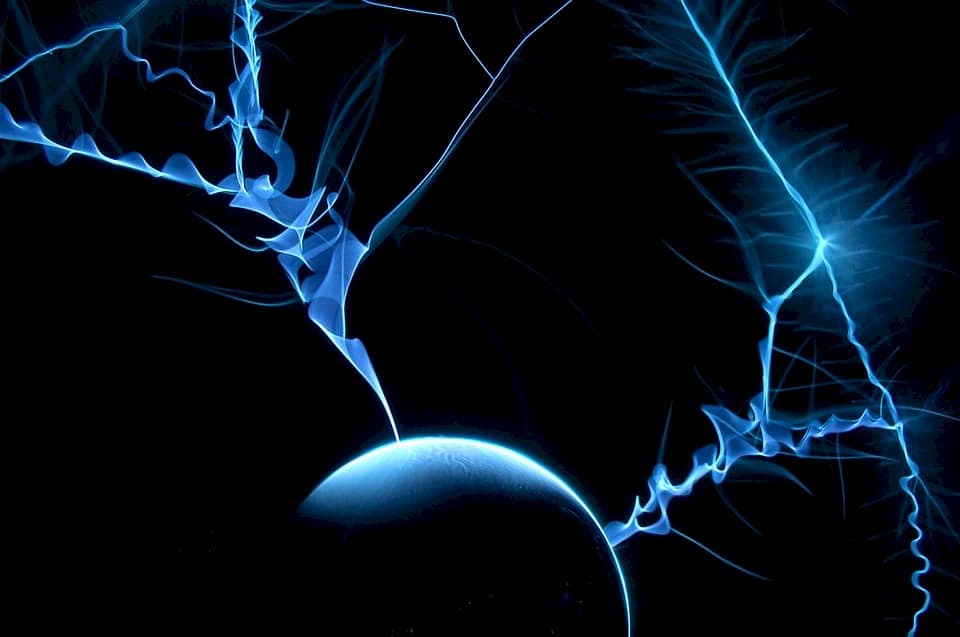I read with great interest this new study published by O’Grady el al in Obesity Surgery journal and titled “Patterns of Abnormal Gastric Pacemaking After Sleeve Gastrectomy Defined by Laparoscopic High-Resolution Electrical Mapping”. The authors attempt to study gastric electric activity following resection of the greater curvature in gastric sleeve surgery patients. Gastric pacemaker cells also known as the cells of Cajal are in higher concentration along the greater curvature. The cells of Cajal are also distributed throughout the gastrointestinal tract including the esophagus, small intestine, colon and pancreas. There are different types of cells of Cajal and each type plays a different role. Some generate intrinsic electrical rhythmicity in smooth muscle cells and others have mechano-receptor properties. They play a role in coordinating gastro-intestinal motility and their absence or dysfunction is associated with gastrointestinal disorders like irritable bowel syndrome, gastroparesis, achalasia, and hypertrophic pyloric stenosis. Gastrointestinal motility is a complex and highly regulated process that remains poorly understood. Gastrointestinal motility is crucial to life and several diseases like obesity, type 2 diabetes and gastroparesis are associated with gastrointestinal dymotility. Several studies have demonstrated that gastric emptying is accelerated following sleeve gastrectomy. We have taken this finding and applied to several gastroparesis patients. By performing a modified sleeve gastrectomy that preserves the gastric antrum and resects the gastric fundus, we demonstrated an increase in gastric emptying. The underlying mechanisms of such observations are not understood. However, it appears that by resecting the pacemaker cells of Cajal along the greater curvature gastric emptying increases. There is strong agreement in the literature that the cells of Cajal generate gastric slow wave depolarizations. Gastric slow waves can be measured using electric mapping.
In this article, O’Grady attempts to evaluate the effect of gastric sleeve surgery on gastric slow-wave pacemaking using laparoscopic high-resolution electric mapping. Mapping was performed on 8 patients before and after gastric sleeve resection. Slow wave activity parameters included propagation pattern, frequency, velocity, and amplitude. The authors show that the wave velocity significantly increased following gastric sleeve surgery whereas the frequency and amplitude remained unchanged. 50% of the patients developed a distal unifocal ectopic pacemaker with retrograde propagation. The remaining 50% showed no electrical activity. The significance of these findings is unknown. Do patients with bioelectrical quiescence following sleeve gastrectomy loose less weight than those with accelerated retrograde slow wave propagation? Is accelerated retrograde slow wave propagation associated with increased incidence of postoperative GERD? What happened to gastric slow wave propagation one year after surgery and is weight regain following sleeve gastrectomy associated with changes in gastric bioelectric activity?
Understanding gastrointestinal motility and its underlying bioelectrical activity is crucial to elucidating the pathophysiology of many diseases like obesity, type 2 diabetes and gastroparesis. These healthcare issues affect millions of people worldwide. New noninvasive, accurate and sensitive testing modalities need to be developed to evaluate gastrointestinal bioelectric activity in health and disease.

